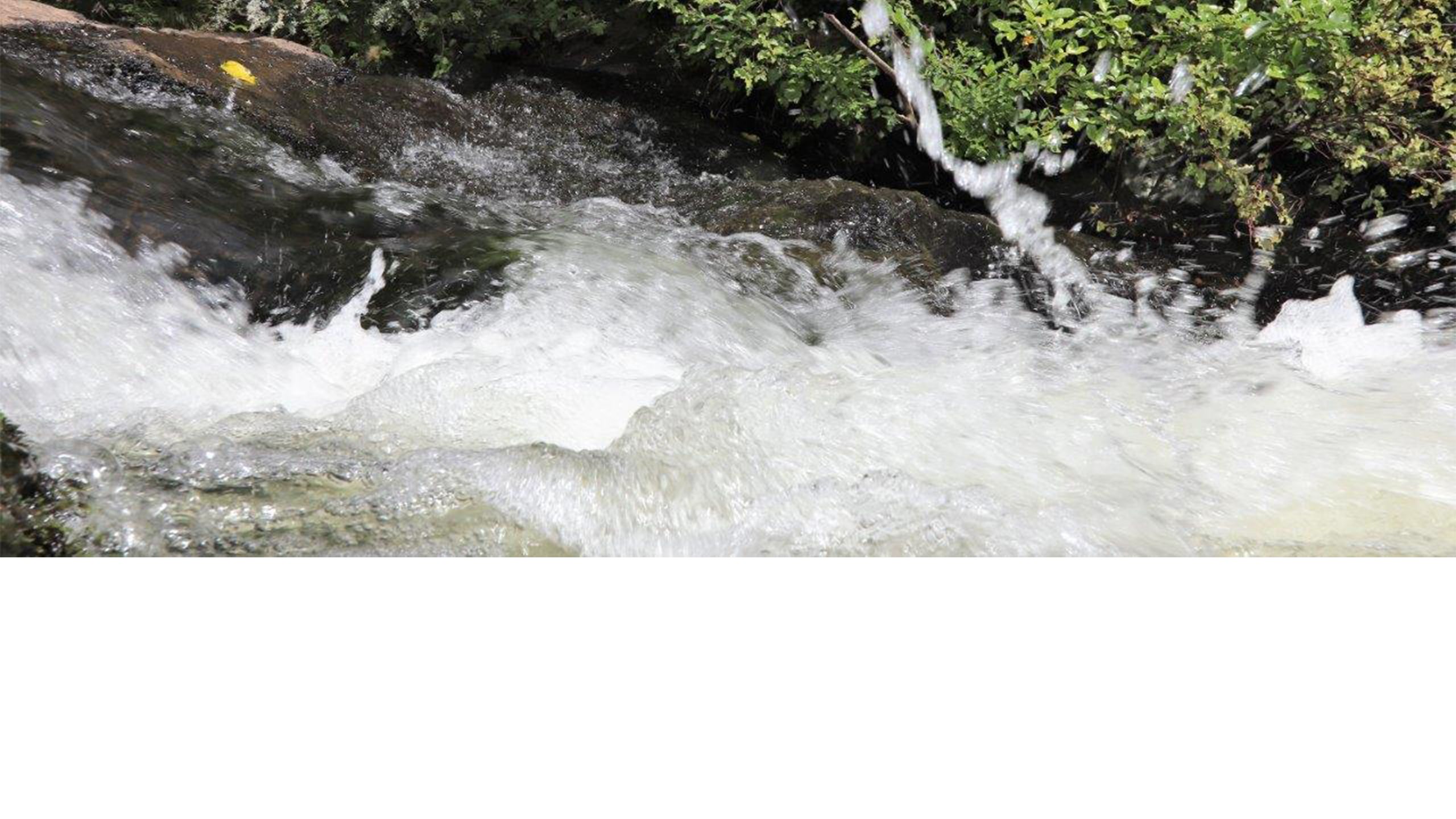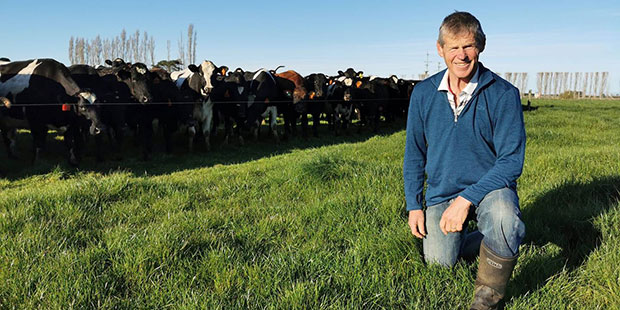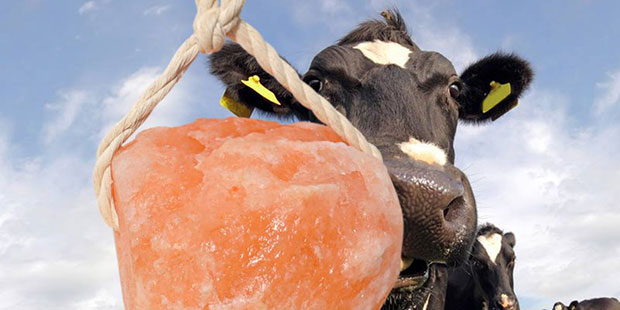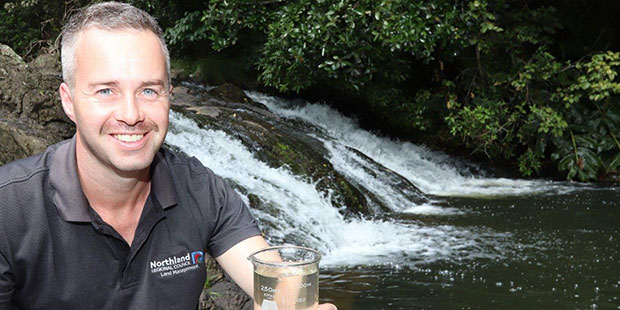New focus on urban streams in Whangarei
Lifestyle blocks & dry stock among targets of new water quality project.


The tide is turning on attitudes to water quality and the people of Whangārei are set to see improvements to the state of some of their streams, rivers and harbour as a result.
The Ministry for the Environment and Northland Regional Council are combining to help improve water quality in the streams flowing around urban areas of Whangārei. With support from the Government’s Jobs for Nature fund, the council launched a $500,000 campaign before Christmas focusing on landowners bordering city fringes.
The catchments of four waterways in particular have been targeted: The Waiarohia, Lower Hātea, Kirikiri and Raumanga - all of which run through or around Whangārei City, its parks and suburbs, before eventually flowing into the harbour.

Whangarei Harbour Catchment. Image / Supplied.
Whangarei Harbour Catchment. Image / Supplied.
Currently the E. coli counts for all of these rivers is regularly high and swimming is not recommended. To date, 50 landowners have shown interest in the Whangārei Urban Awa project and project lead Andy McCall expects more to take part because of a shift in attitudes over the last few years.
“A lot more people are enthusiastic and aware about water quality and looking after the environment. It is a societal change and, with this, we are seeing a lot more farmers keen to change their systems and more aware of how important it is to be sustainable,” he says.

Andy McCall. Photo / Supplied.
Andy McCall. Photo / Supplied.
Lifestyle blocks running dry stock are a focus of the campaign: “The biggest problem is stock having access to the water, so fencing these streams and rivers is essential. Sediment run-off when it rains is a big water quality issue in Northland, as it flows downstream into our harbours and coastal areas, smothering native flora and fauna habitat.”
Fencing livestock out of the waterways is the first step to reducing bank erosion as well as reducing bacteria and nutrients from animal manure, he says.
Planting river banks is another step as it will help keep the water temperature down, which means water will be better oxygenated, plant and animal life will improve and the water will get clearer over time,” he says.
What does this mean for the people living in and around Whangārei? Swimmable water.
“When the project has finished we hope to see a gradual improvement in the levels of E. coli and sediment we measure,” says McCall. “Eventually, this and other projects will contribute to greater swim-ability in our local rivers and streams and improved biodiversity. Improving water quality is a long-term goal though and we aren’t likely to see improvements really quickly.”
A similar project to improve water quality in the upper Hātea catchment at Whangārei Falls has finished; the Whangārei Urban Awa project is the final leg before these waterways reach the harbour.
Once this project has ended, it will only be good news for the health of the harbour. Everything that comes down the fresh water network ends up in the harbour and, if activities on the land are not healthy, that isn’t good for the health of the harbour in general, according to Northland Regional Council’s Resource Scientist, Richard Griffiths.
If you are reducing the total sediment load as well as reducing pollutants, this will positively affect the general health of the harbour – including improving shellfish, fish and bird feeding, the ability of plants and animals to access light, and generally improving the amenity value of the harbour and estuaries, he says.
“I would like to think there would be an improvement in the water quality of the harbour in a few years as a result of the work that has been done along these rivers, in particular the Hātea arm of the harbour which is particularly bad at the moment,” he says.
While farmers are more aware of the need for good water quality, many already taking action to help, the urban project in Whangārei shows everyone has a part to play to clean up waterways.
There are a lot of contributing factors to water pollution – litter is another big problem for water quality as rivers get closer to cities.

2019 main rivers in northland map. Image / Supplied.
2019 main rivers in northland map. Image / Supplied.
The Northland Regional Council has noticed a big problem in the Lower Hātea River and to front-foot the issue, it has started research on trapping litter before it reaches the water: “We are trying to quantify how much litter is reaching the harbour and identify hotspots, so we can target our education and mitigation accordingly,” says Griffiths.
McCall believes we all can play a part in improving water quality, regardless of where we live. Whether you are washing your car on the driveway at home, an industrial business, a farmer or lifestyle block owner up the river - “we can all do our bit to improve water quality in our area.”
A big reason attitudes and behaviours are changing is because of people power, he says.
People used their voice and have taken environmental concerns to their local and national elected representatives: “That is why things have changed towards a new direction in looking after the environment. There is stronger legislation and society’s attitudes have had a big role in leading that.”





